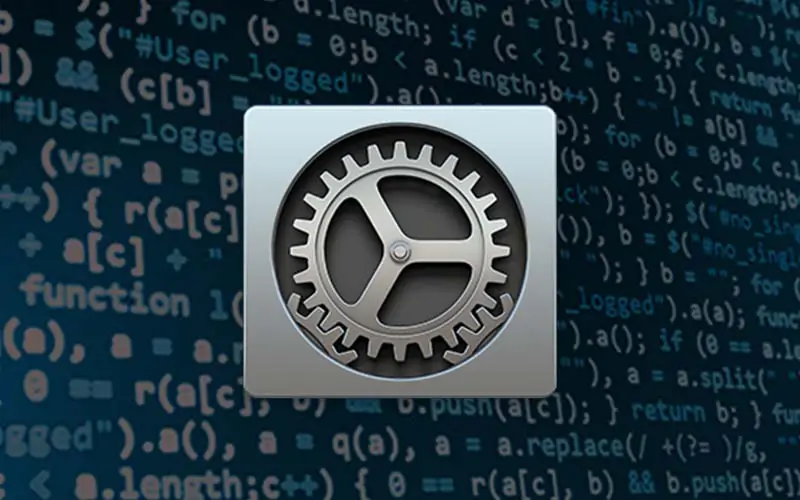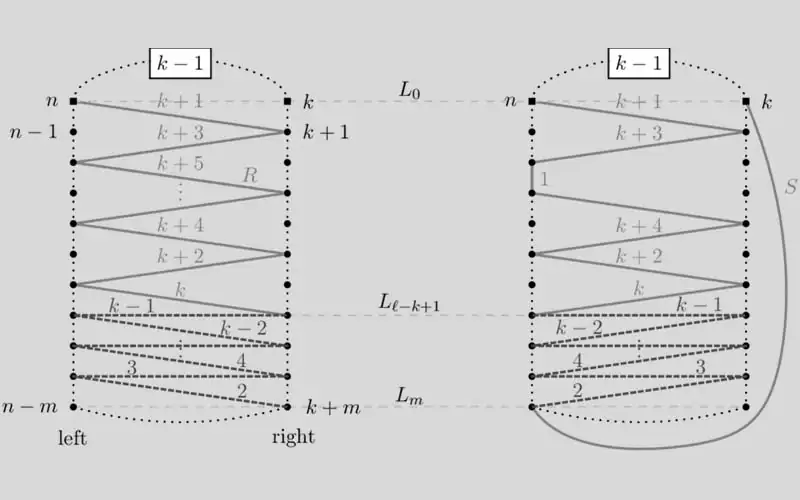What is Perverse Software? Explain with some example.
PERVERSE SOFTWARE:
Perverse means contrary to what is acceptable and expect able. A perverse software is a program which causes trouble in the execution of other programmes by spoiling it in part or full. You might be thinking if it is so dangerous why should one use it. But these malicious software’s are not purchased or downloaded by the users choice.
These are destructive software meant for damaging the data or applications by some anti-social elements and enter in the system without the consent of the owner. Malware can harm the system badly by damaging the useful data and application software, even it does not spare the operating system of the computer. Malware can be:
Computer Virus:
A computer program that is designed to replicate itself by copying itself into the other programs stored in a computer. Viruses fare destructive programmes designed to damage the system functioning. It may be in form of a software program, script or macro. These are designed with the intention to infect or cause other problems to files and computers. These need the user action to start themselves like switching on the system, opening file, giving some commands, etc. These can be avoided or removed by using effective and up to the mark anti virus software.
Some viruses do not harm much. They just replicate themselves to consume memory or just flash funny messages now and then. But some viruses can cause data damage.
Computer Worm:
A computer worm is a destructive software program, set of codes which make it capable of gaining access to computers or networks. Once within the computer or network, the worm causes harm by deleting, modifying, distributing, or otherwise manipulating data. These always provide at least some harm to the network.
Trojan Horse:
Trojan horse is very destructive but works very interestingly. It pretends to be a very irresistible benign program. The viewer gets attracted to it. He installs it on the system and the problems start. It can steal or even delete the important files or fill the memory with useless programmes. These do not replicate but provide damage to the security and privacy.
Rootkits:
It is a technique which prevents the destructive processes to be visible as running program and making them able to keep on destroying the system. These are installed usually by Trojans and pretend to be operating system files which are necessary for functioning of the system so user will not delete them.
Trap doors:
It is a back way or a hidden method or other way of by passing traditional security in order to gain access to a secure system. A malware prepares trap doors in the system for entering in these easily in future.
Logic Bombs/Time Bombs:
A time bomb or logic bomb hides itself on the hard disk. It silently waits for a specific date to come or a specific action to occur like opening or saving a file, giving specific command, etc. They do not replicate themselves and cannot be called virus. These are calm and harmless till the date or action occurs which triggers them to destroy data and files on the system of the user. Examples: April Fool Day or Friday the 13th.
Spyware:
These are designed to show alluring advertisements and redirect the search engines to paid advertisements to get access to user’s data. These work in a hidden style.
Keystroke loggers:
The key logger program records each keystroke the user types and uploads the information over the Internet periodically to whoever installed the program. It is used in malpractices such as fetching the password or credit card number while shopping to be misused in future.
Data-stealing:
Data-stealing problem is increasing day-by-day. It is done to get commercial gains by stealing information and using it for commercial use. Example, steal and sell numbers of credit cards or membership cards of some reputed organization or club. It may cost its members a lot.




